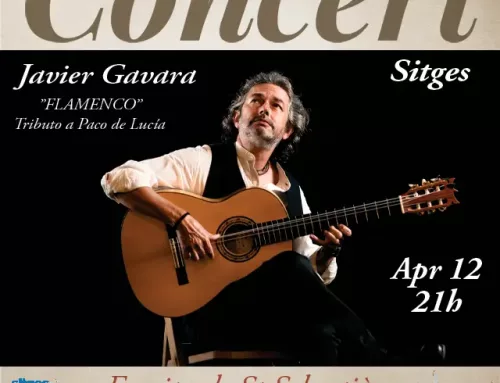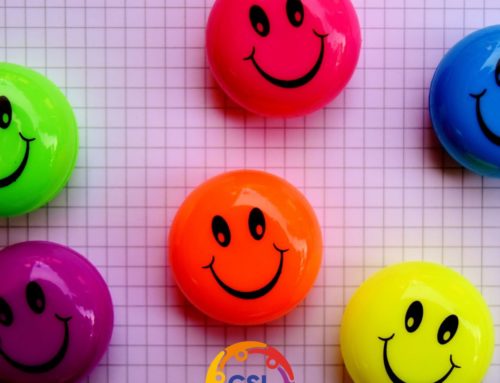opening: 2ND DE JUNE 13 H.
GAY SITGES LINK
CENTRE LGTBI
C/ jOAN TARRIDA, 1 1R 2A
EXHIBITION Poster of the Trailer Disc
The Trailer discotheque was opened on Saturday, March 29, 1980 at the premises that had previously been called “Galaxy” on Angel Vidal 36 street, near the Retiro de Sitges recreational society and near Requena haberdashery.
Trailer is considered the first “gay disco” of the entire Spanish state, so it was discreetly announcing its logo with an arrow, addressed to the homosexual public. The local industrial esthetics were very slow, with a large round dance floor with powerful focus and painted black walls. In a way he reproduced the aesthetics of New York dance clubs such as Studio 54 or Danceteria. The disc-jockey cabin was the housing of a Pegasso brand truck that was wearing a visor where it could read S.M. Moses, who was the name of the D-J.
In the beginning, a cult club, with music disco and house of importation, goes away. Their owners were three Aragonese entrepreneurs who had worked as waiters in different establishments in New York. Later they separated and one of them opened the Mediterranean bar on Calle San Buenaventura.
The disco organized theme parties such as the black feast (August 15), the Spanish party (coinciding with the Pilar festival, October 12, end of season). To announce these saraus, some very original posters were published due to the authorship of Pere de Alejandro who used the technique of collage applying it with mastery. The decorations of the interior were also memorable, with ironic details and the effect of black light as allies. Jesús Camacho was the continuator of these environments that transformed the disc overnight.
Habitualmente the discotheque opened for Carnival organizing different evenings and very particularly Sunday the Tea Party, the celebration of the tea, that took place at five in the afternoon. On the other hand, the schedule was untimely and even though it opened doors at 12 o’clock in the evening, it was not encouraged until 3 in the morning when it was closing down the bars of the atmosphere. The session ended at six in the morning and still continued in the Retiro bar where they met with nocturnal nocturnal clubs like Pachà, Ricky’s and Atlantis.
The posters of the Disco Trailer marked a milestone in the aesthetics as well as in the subliminal message that emitted them, subtle images that transmitted the underground energy of this emblematic underground spot.
Dance music, the disc, the house, the grouve, the acid-house, went by turning the room into a temple of contemporary times. Several times have evolved in the form of decades: the eighties, the nineties, the two thousand. Finally the discotheque Trailer changed of hands towards the year 2010 and later changed of name Watafuck, changing also of public.
What has been done of all that energy unleashed on the dance floor? What has been done about the crazy nights and the sweat of the bodies? Only a few photos of discolored albums are left there, and perhaps posters that announce party nights.
This exhibition is a first step to recover the memory of those high-voltage nights and pay homage to the nocturnal butterflies that flew over the Trailer like Pegasus.
We want to thank La Peque, Mackey, Pedro, Isidro and Xavier Miret, responsible for the Sitges Historical Archive of the Sitges Town Hall.






